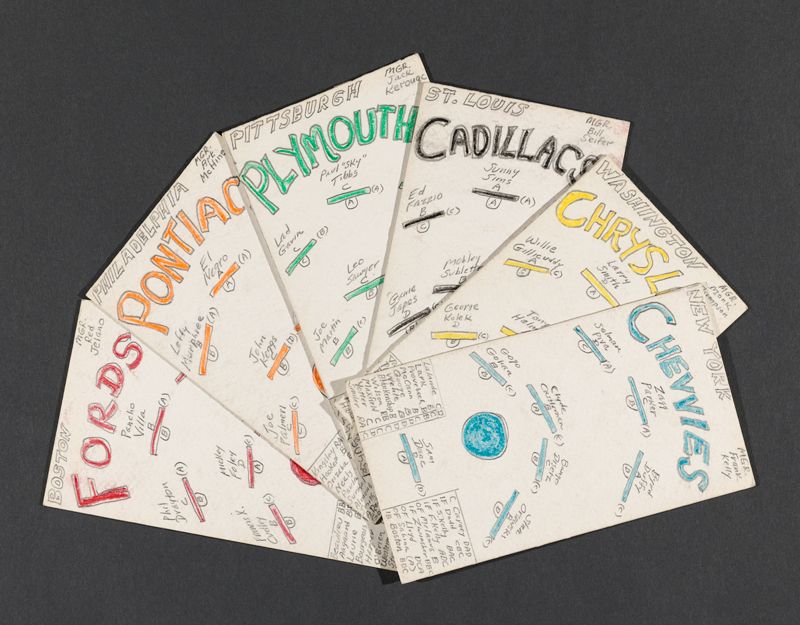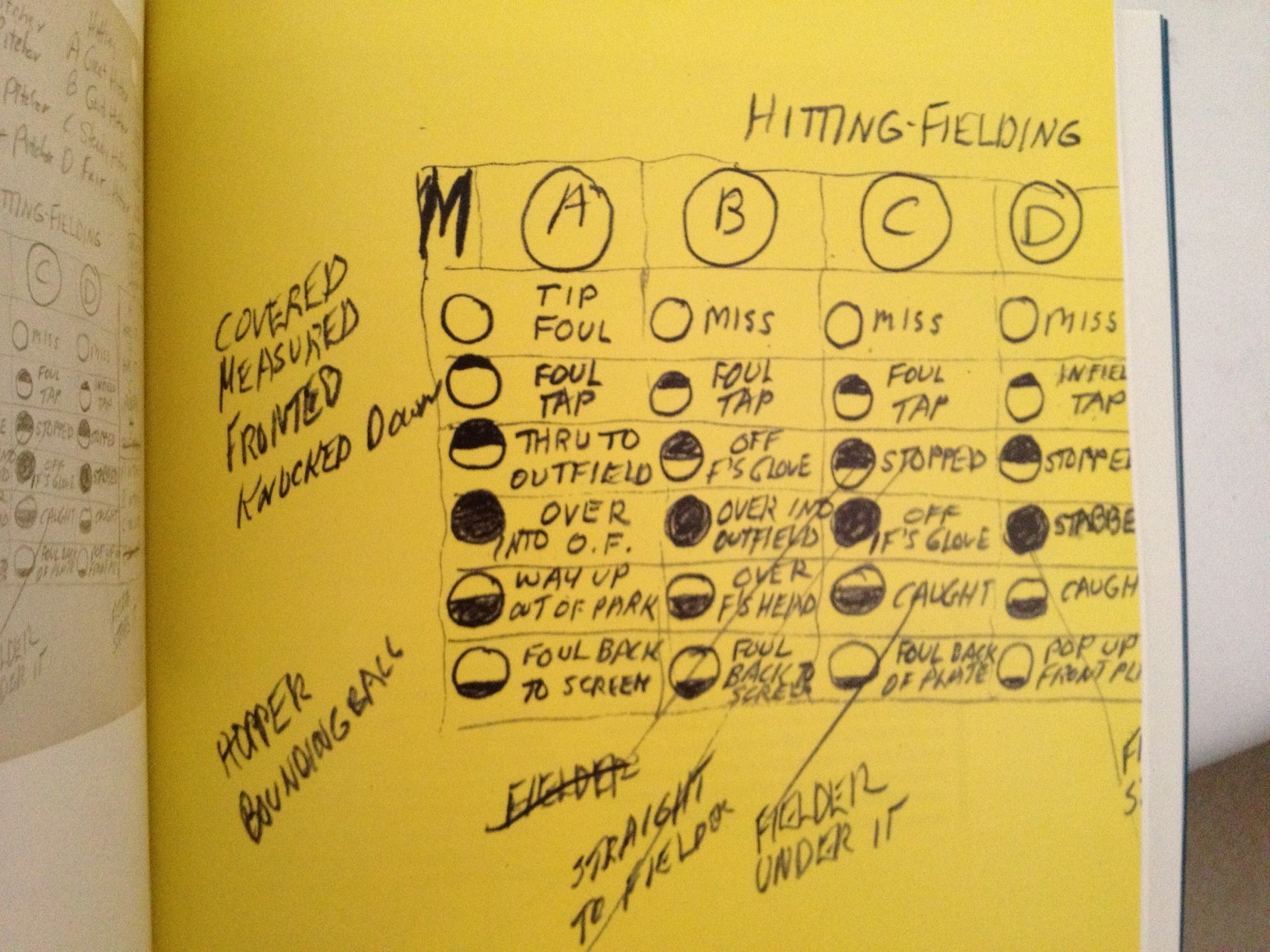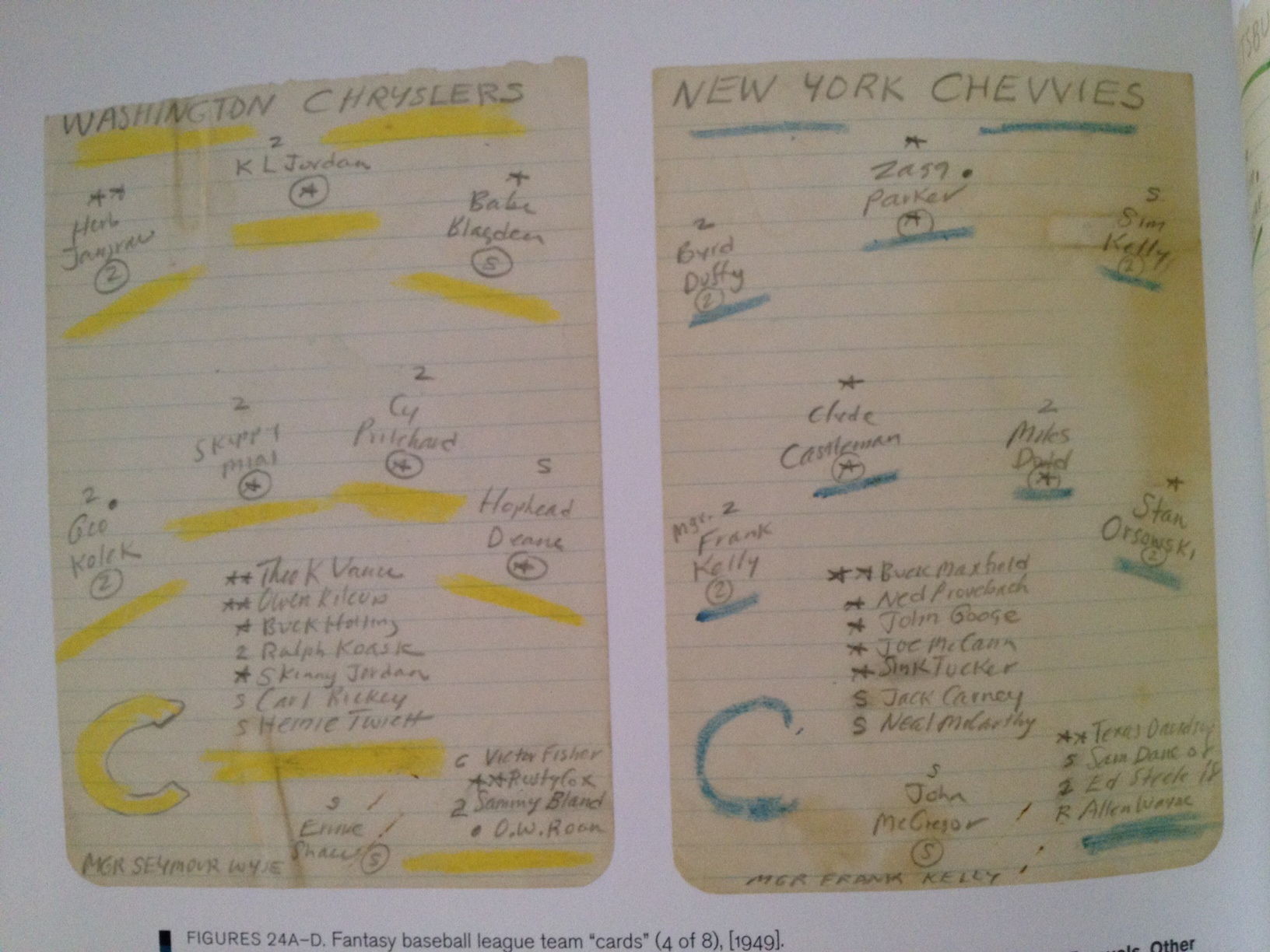As if we needed the competition—am I right, parents?—of some very excellent children’s books read by some beloved stars of stage and screen, and even a former vice president. With Storyline Online, the SAG Foundation, charitable arm of the Screen Actor’s Guild, has brought together top talent for enthusiastic readings of books like William Steig’s Brave Irene, read by Al Gore, Satoshi Kitamura’s Me and My Cat, read by Elijah Wood, and Patricia Polacco’s Thank You, Mr. Falker, read by the fantastic Jane Kaczmarek. There are so many readings (28 total), I could go on… so I will. How about Betty White’s irresistible reading of Harry the Dirty Dog, just above? Or Rita Moreno reading of I Need My Monster, below, a lighthearted story about our need for darkness? Or James Earl Jones, who touchingly discusses his own childhood struggles with reading aloud, and tells the story of To Be a Drum, further down?
I won’t be able to resist showing these to my three-year-old, and if she prefers the readings of highly acclaimed actors over mine, well, I can’t say I blame her. Each video features not only the faces and voices of the actors, but also some fine animation of each storybook’s art. The purpose of the project, writes the SAG Foundation, is to “strengthen comprehension and verbal and written skills for English-language learners worldwide.” To that end, “Storyline Online is available online 24 hours a day for children, parents, and educators” with “supplemental curriculum developed by a literacy specialist.” The phrase “English-language learners” should not make you think this program is only geared toward non-native speakers. Young children in English speaking countries are still only learning the language, and there’s no better way for them than to read and be read to.
As a matter of fact, we’re all still learning—as James Earl Jones says, we need to practice, no matter how old we are: practice tuning our ears to the sounds of well-turned phrases and appreciating the delight of a story—about a dirty dog, a monster, cat, cow, or lion—unfolding. So go on, don’t worry if you don’t have children, or if they happen to be elsewhere at the moment. Don’t deny yourself the pleasure of hearing Robert Guillaume read Chih-Yuan Chen’s Guji Guji, or Annette Bening read Avi Slodovnick’s The Tooth, or… alright, just go see the full list of books and readers here… or see Storytime Online’s Youtube page for access to the full archive of videos.
Related Content:
The International Children’s Digital Library Offers Free eBooks for Kids in Over 40 Languages
Stephen Fry Reads You Have To F**king Eat, the New Mock Children’s Book by Adam Mansbach
Josh Jones is a writer and musician based in Durham, NC. Follow him at @jdmagness







